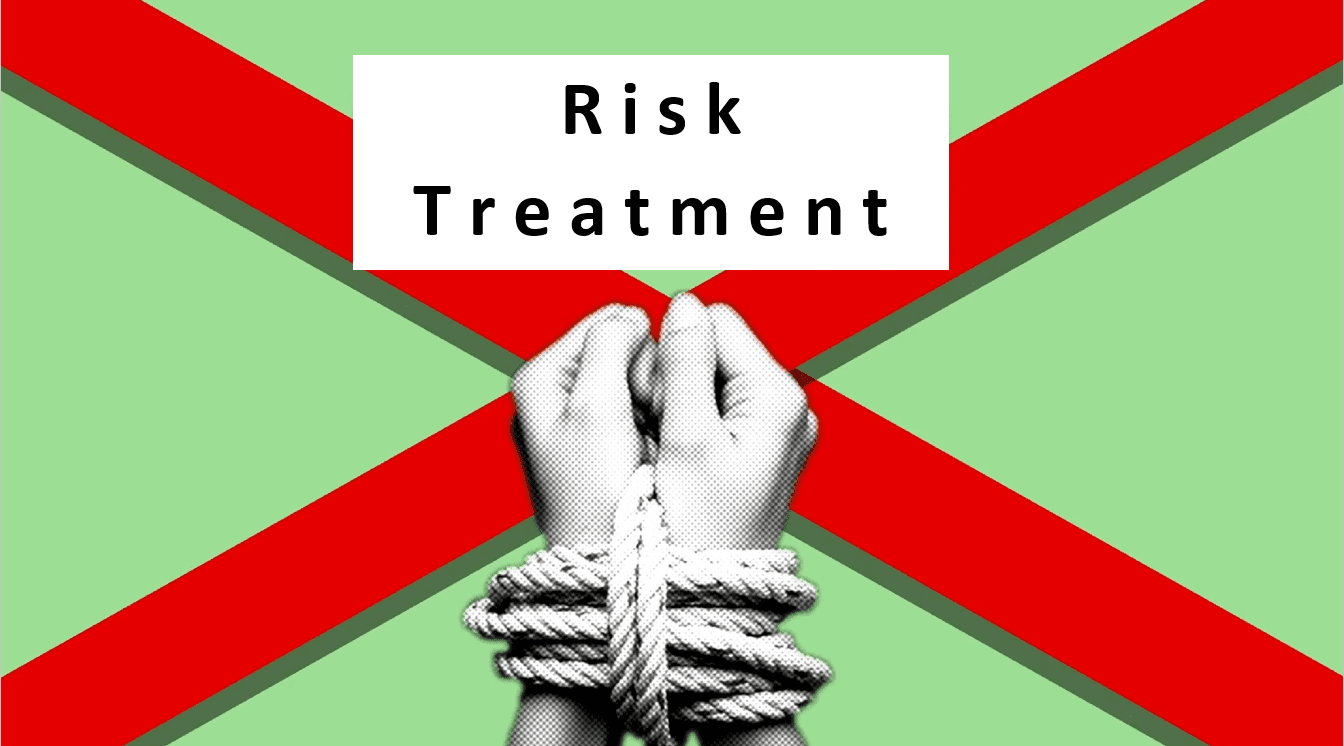Risk management is simple, it is the systematic process of identifying, assessing, and mitigating potential risks that could negatively impact an organisation. At The Risk Station, we emphasise the importance of understanding and managing these risks to safeguard business operations. Risk management is essential because it helps your business anticipate uncertainties, minimise potential losses, and capitalise on opportunities. By integrating risk management into your business strategy, you can enhance decision-making and ensure long-term sustainability.
Importance of Simple Risk Management for Businesses
Effective and simple risk management is crucial for businesses of all sises and industries. It provides a structured approach to managing uncertainty and safeguarding against potential threats. By proactively identifying and addressing risks, businesses can avoid costly disruptions, comply with regulations, and protect their reputation. At The Risk Station, we offer comprehensive insights and tools to help businesses implement robust risk management strategies. This not only mitigates negative impacts but also helps in seising opportunities that arise from a well-understood risk environment, ultimately driving growth and competitive advantage.
Key Concepts in Risk Management
Types of Risks
Understanding the various types of risks is the first step in effective risk management.
- Operational risks involve internal processes, systems, and people.
- Financial risks pertain to the financial health and stability of the business.
- Strategic risks are related to high-level objectives and business direction.
- Compliance risks involve adhering to laws and regulations, while reputational risks affect the public perception of the company.
Risk Assessment
Straightforward risk assessment is a critical component of a simple risk management process. It involves identifying potential risks that could affect the organisation and analysing their likelihood and impact. This step helps prioritise risks based on their severity and probability. Techniques such as
- brainstorming,
- SWOT analysis, and
- risk matrices are commonly used for this purpose.
Risk Mitigation
Once risks are identified and assessed, the next step is risk mitigation. This involves developing strategies to reduce or eliminate the impact of these risks. Common mitigation strategies include risk
- avoidance,
- reduction,
- sharing, and
- acceptance.
Implementing these strategies can help your business protect their assets and maintain operational stability.
Risk Monitoring and Review
Risk management is not a one-time activity but an ongoing process. Continuous monitoring and regular review of risks are essential to adapt to new threats and changing business environments. This involves
- tracking identified risks,
- reassessing their impact, and
- updating risk management plans accordingly.
At The Risk Station, we offer comprehensive solutions to help businesses maintain a dynamic risk management process. Our tools and resources ensure that businesses stay prepared and resilient against evolving risks. By incorporating these elements into your risk management strategy, you can create a robust framework that not only protects your business but also positions it for long-term success.
Steps to Implementing Risk Management
Implementing a robust risk management framework involves a series of systematic steps designed to identify, assess, and mitigate potential threats. Each step plays a crucial role in ensuring that risks are managed effectively and that the organisation remains resilient in the face of uncertainties. Here is a brief overview of the key steps involved:
-
Establish the Context
Defining the internal and external context of the organisation is the first step in risk management. This involves understanding the business environment, organisational culture, and the external market conditions. Establishing this context ensures that the risk management process is aligned with the organisation’s objectives and external factors.
-
Risk Identification
Risk identification is crucial for uncovering potential threats. Therefore, techniques such as brainstorming sessions, SWOT analysis, and expert consultations can help in identifying risks. This step involves gathering a comprehensive list of possible risks that could impact the organisation.
-
Risk Analysis and Evaluation
In this step, identified risks are analysed to determine their likelihood and potential impact. Both qualitative and quantitative methods are used, including risk matrices to prioritise risks based on their severity. This evaluation helps in understanding which risks need immediate attention and resources.
-
Risk Treatment
Risk treatment involves developing strategies to manage risks. Common strategies include avoidance (eliminating the risk), reduction (mitigating the impact), sharing (transferring the risk), and acceptance (acknowledging and preparing for the risk). Each strategy is chosen based on the risk’s priority and the organisation’s capacity to handle it.
-
Communication and Consultation
Effective communication and consultation are vital throughout the risk management process. It ensures that all stakeholders are aware of the risks and the strategies in place to manage them. Transparent communication helps in building trust and ensures that everyone is on the same page.
-
Monitoring and Review
Setting up a system for regular monitoring and review is essential to keep the risk management process dynamic. This involves tracking the status of identified risks, evaluating the effectiveness of treatment plans, and updating strategies as necessary. Regular reviews help in adapting to new risks and changing conditions.
Tools and Techniques for Risk Management
Effective risk management relies on a variety of tools and techniques to identify, assess, and mitigate risks. These tools can be broadly categorised into software solutions, qualitative methods, and quantitative methods. Each category offers distinct advantages that can help organisations manage risks more effectively:
-
Risk Management Software
Risk management software tools are designed to streamline the risk management process. Therefore, popular tools offer features such as risk identification, assessment, monitoring, and reporting. They provide a centralised platform for managing risks efficiently, enabling better decision-making and resource allocation.
-
Qualitative Tools
Qualitative tools are useful for initial risk identification and analysis. In addition, techniques such as brainstorming encourage creative thinking to uncover potential risks. The Delphi technique involves consulting experts to gain insights on risks, while SWOT analysis helps in identifying strengths, weaknesses, opportunities, and threats.
-
Quantitative Tools
Quantitative tools provide a more data-driven approach to risk analysis. For instance, Monte Carlo simulation uses probability distributions to predict risk outcomes, decision tree analysis helps in evaluating different decision paths and their risks, and sensitivity analysis assesses how different variables impact the overall risk. These tools offer precise risk evaluations, aiding in more accurate and informed decision-making.
Challenges in Risk Management
Implementing an effective risk management strategy is often met with several challenges. Understanding these common obstacles and devising strategies to overcome them is crucial for a successful risk management framework. Some risk management implementation common obstacles are:
-
Resistance to Change
Many organisations face resistance to change from employees and management. This resistance can stem from a lack of understanding of the importance of risk management, fear of additional workload, or a preference for maintaining the status quo. Overcoming this resistance requires strong leadership and clear communication about the benefits of risk management.
-
Lack of Resources
Therefore, effective risk management requires adequate resources, including time, money, and skilled personnel. Many organisations struggle with allocating sufficient resources to their risk management efforts, which can hinder the implementation of comprehensive risk strategies.
-
Poor Communication
Moreover, communication breakdowns can significantly impede risk management efforts. If risk information is not effectively communicated across the organisation, it can lead to misunderstandings, overlooked risks, and ineffective mitigation strategies. Ensuring clear, consistent, and transparent communication is essential for effective risk management.
Conclusion
Creating a simple risk-aware culture is fundamental to the success of risk management efforts. This involves embedding risk management principles into the organisational culture, where all employees understand their role in identifying and managing risks. Leadership plays a key role in modelling simple risk-aware behaviours and emphasising the importance of risk management in achieving the organisation’s objectives.
In conclusion, while there are significant challenges in implementing effective risk management, they can be overcome through simple and strategic education, resource allocation, and improved communication. By fostering a risk-aware culture, your organisation can better anticipate and manage uncertainties, leading to greater resilience and long-term success.







